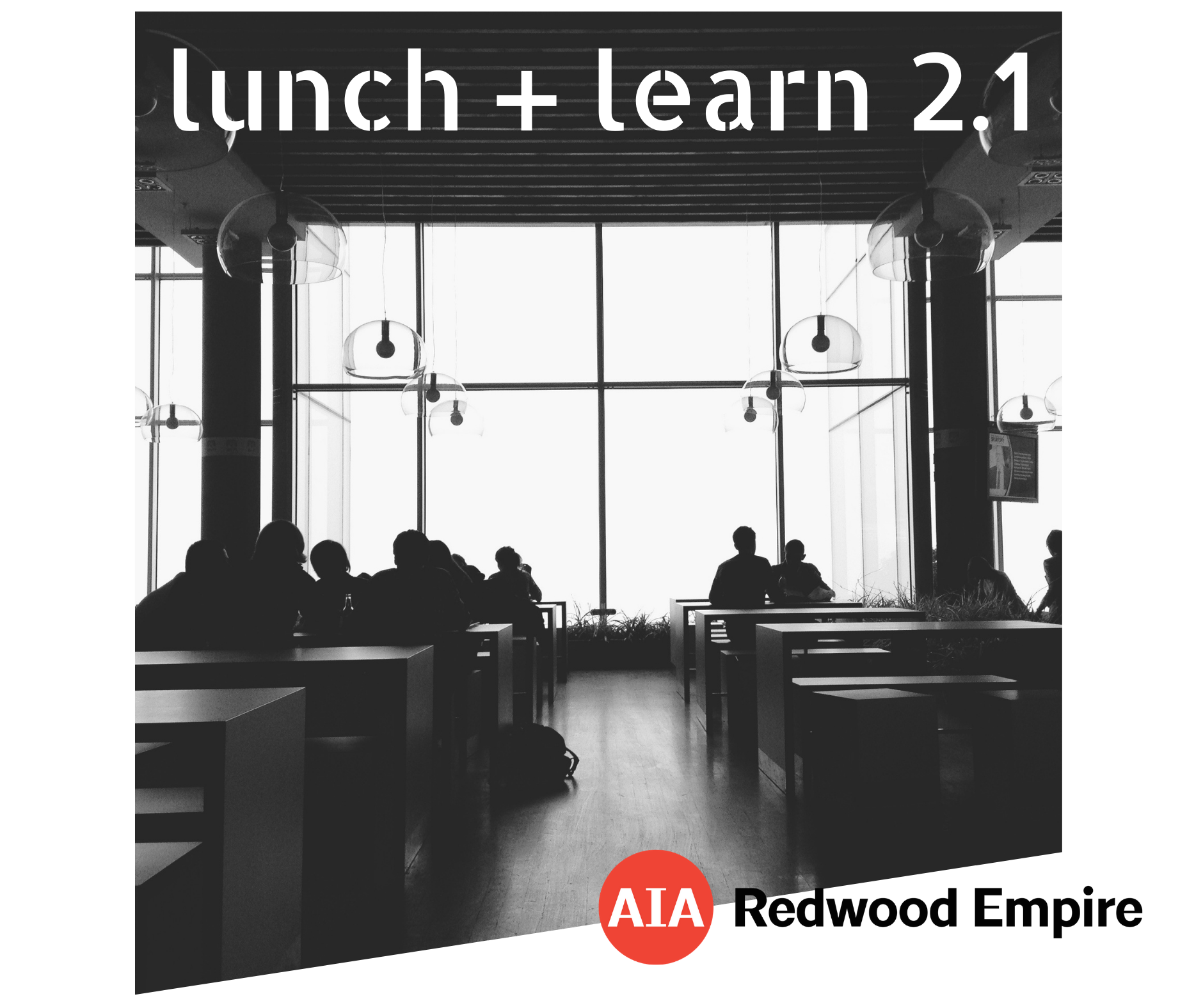
Now available to Californian building designers, mass timber offers the structural simplicity needed for cost-effective projects, as well as benefits such as fast installation, sustainable material and design versatility. Mass timber can used on its own, or in a hybrid solution with light-frame wood, concrete or steel. This panel will review built and in design mass timber project examples, focusing on multi-family solutions. The conversation will center around compliance with the Building Code and how completed mass timber buildings have been approved by jurisdictions across the US.
Click on Get Tickets Button to Register. Zoom Link sent prior to course date.
AIA CES Approved Course | 1 LU | Virtual
Cost: AIA | Assoc. AIA | Allied | Students: Free | Non-members: $10 | Panelist/Agency Staff: Free
Panelists:
Jonathan Heppner, AIA | Lever Architecture
Jonathan has over 20 years of design and management experience working with significant civic and creative organizations. As a native Oregonian, his interest in timber detailing and construction led to his management role on Framework, the first 12-story mass timber high-rise project in the US to receive permitted approval. Jonathan directs the firm’s timber research, including the 40+ mass timber tests completed for Framework. He has worked closely with the US Forest Service, US Department of Agriculture, and Universities researching the adoption of mass timber to better understand it’s role in building life cycle assessment studies, benefits for seismic resilience, and associated design methodologies for new and existing timber buildings to better support owner and occupant’s physiological, jurisdictional, and aspirational needs.
David Delasantos, AIA, NCARB | TLCD Architecture
 With an interest in both design and business, David was drawn to multifamily/mixed-use projects early in his career, where he has continued to thrive. He is particularly interested in the complexity of development projects which benefit from his unique blend of design, technical and interpersonal skills. Ultimately, he believes each project is unique and results from a creative process that synthesizes constraints and transforms ideas. Although David’s role as Principal is focused on multifamily/mixed-use projects, he is also able to apply the well-established principles of sound design and business practice acquired during his 25-year career to other related building typologies such as student housing, senior housing and hospitality. David has a keen interest in how new technologies and building systems can help inform or reinforce the underlying design concept of a building. The firm as a whole also benefits from his leadership experience, strong project management acumen and quality control skills.
With an interest in both design and business, David was drawn to multifamily/mixed-use projects early in his career, where he has continued to thrive. He is particularly interested in the complexity of development projects which benefit from his unique blend of design, technical and interpersonal skills. Ultimately, he believes each project is unique and results from a creative process that synthesizes constraints and transforms ideas. Although David’s role as Principal is focused on multifamily/mixed-use projects, he is also able to apply the well-established principles of sound design and business practice acquired during his 25-year career to other related building typologies such as student housing, senior housing and hospitality. David has a keen interest in how new technologies and building systems can help inform or reinforce the underlying design concept of a building. The firm as a whole also benefits from his leadership experience, strong project management acumen and quality control skills.
Chelsea Drenick, SE | WoodWorks
 Chelsea is a licensed structural engineer in the state of California. She received her BS in Engineering from Harvey Mudd College and MS in Civil Engineering from Stanford University. As the Bay Area Regional Director for WoodWorks, a non-profit organization, she helps project teams achieve successful wood buildings. Prior to joining WoodWorks Chelsea spent nine years in structural design consulting. Her experience is in a variety of sectors including residential, higher education and retrofit of existing and historic structures. She is passionate about sustainability and the use of wood as a building material to reduce the embodied carbon emissions of structures.
Chelsea is a licensed structural engineer in the state of California. She received her BS in Engineering from Harvey Mudd College and MS in Civil Engineering from Stanford University. As the Bay Area Regional Director for WoodWorks, a non-profit organization, she helps project teams achieve successful wood buildings. Prior to joining WoodWorks Chelsea spent nine years in structural design consulting. Her experience is in a variety of sectors including residential, higher education and retrofit of existing and historic structures. She is passionate about sustainability and the use of wood as a building material to reduce the embodied carbon emissions of structures.
Moderated by Michael Cobb, AIA | Studio Ecesis with special guests from Sonoma County PRMD and City of Santa Rosa’s Planning Division

An avowed regionalist with roots in the East Bay, Mike Cobb has practiced architecture in Northern California for the past 25 years. As founder and principal of Healdsburg-based Studio Ecesis, Mike has committed a substantial portion of his practice to the research and development of alternative building materials. Notably, Mike enterprised California’s first uses of eSIP in two residences permitted through the Sonoma County Building Department. Through this process, he learned that effective contemporary building design often requires a degree of “compliance activism” to help introduce promising new technologies.
Learning Objectives:
- Attendees will learn about the benefits of using mass timber including structural versatility, prefabrication, and a lighter carbon footprint.
- Attendees will learn about specific case studies during a review of completed mass timber projects that demonstrate a range of applications and system configurations.
- Attendees will discover how mass timber, and CLT specifically can be used under current building codes and standards.
- Attendees will learn through discussion how fire ratings, acoustics and other performance considerations can inform the design of a mass timber project.
Bookings
Bookings are closed for this event.

